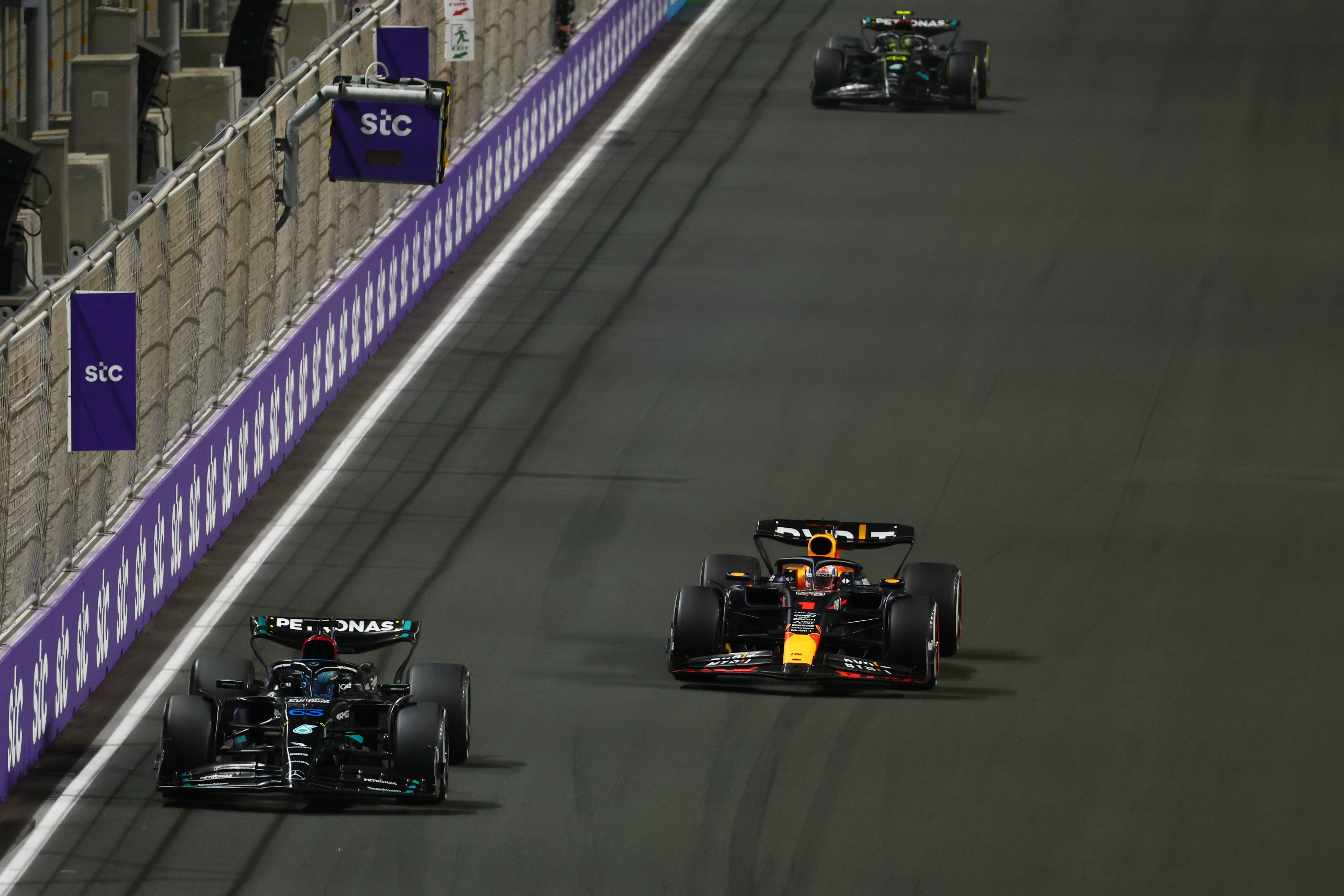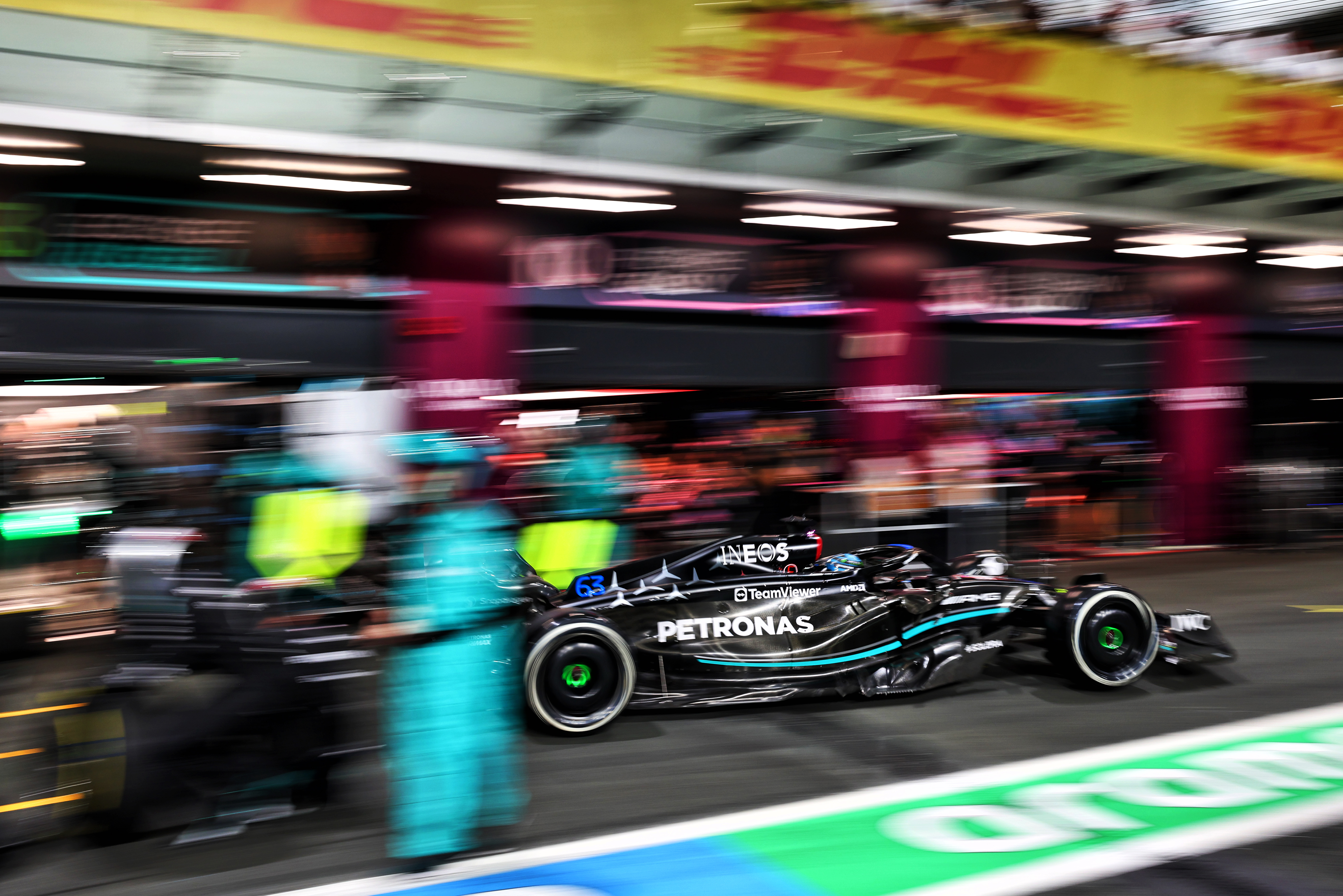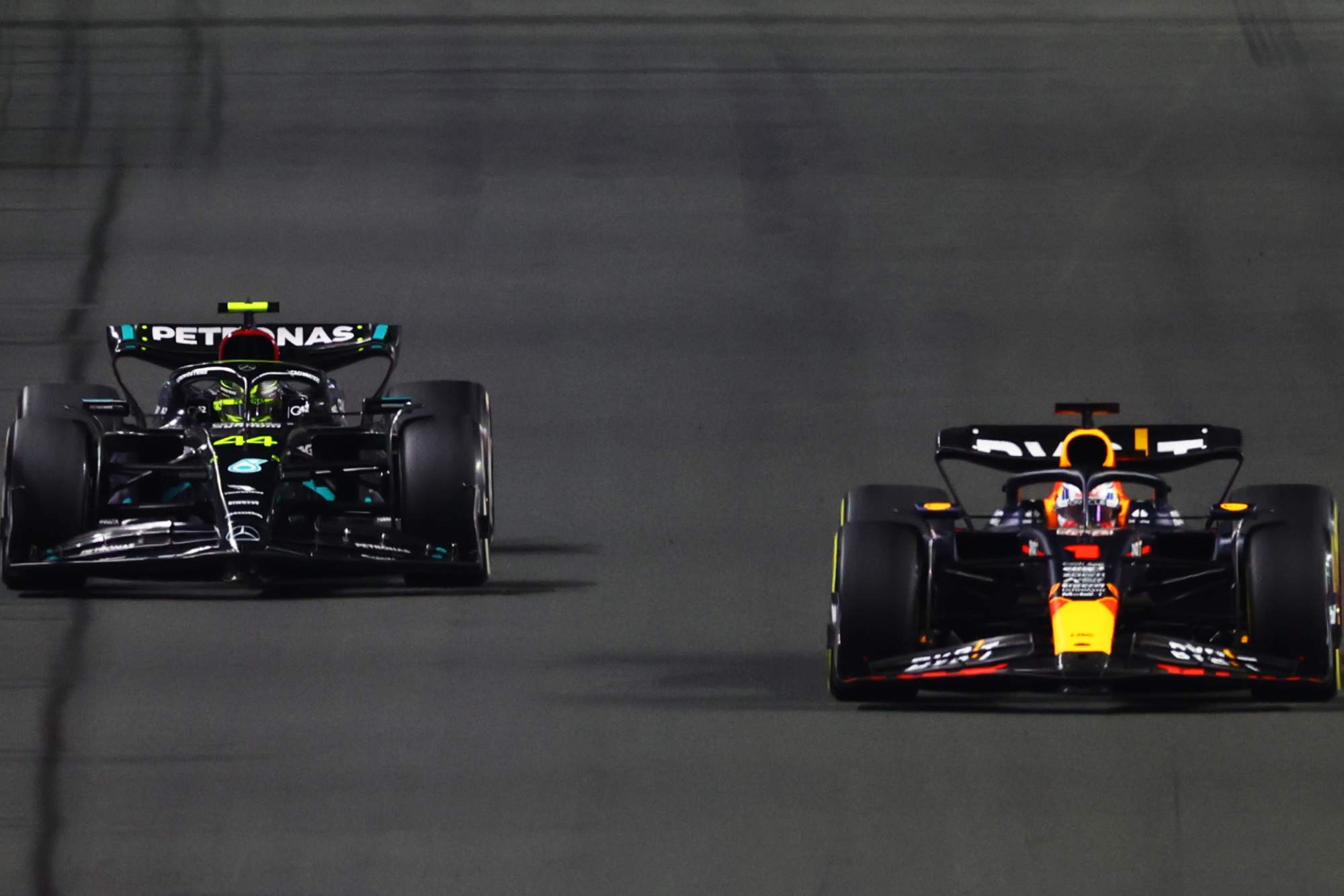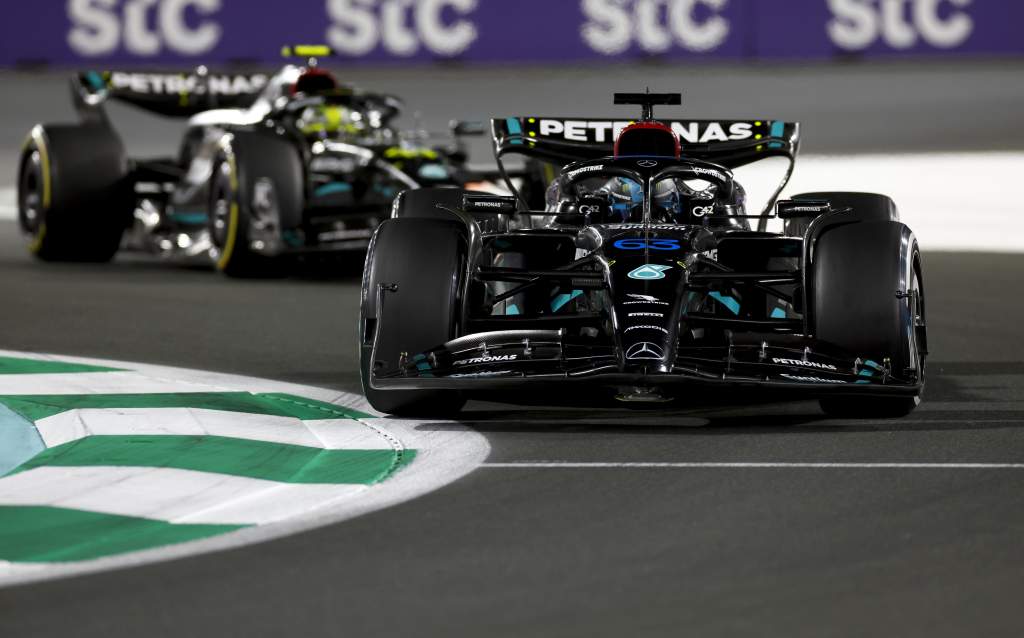Up Next

Mercedes team principal Toto Wolff says it will take “between six and 12 months” to catch up with Red Bull’s depth of understanding of the fine aerodynamic detail needed to maximise the performance of the current generation of Formula 1 cars.
Wolff has talked of “big steps” being made in the windtunnel as Mercedes pursues a shift in concept that it hopes will unlock greater performance potential.
But with Red Bull apparently having built significant knowledge in how to make the most of the current generation of ground effect cars, Wolff accepts it will take time to match that know-how.
He also suggests that as the Red Bull concept is more mature, its rate of improvement will inevitably become shallower – making it possible for Mercedes to make relative gains.
“I think the lag is probably between six and 12 months because that’s the time that it took for us to figure out what was actually happening with the car,” said Wolff when asked by The Race how long it would take to catch up in terms of the level of understanding Red Bull has of the car.
“And that means we just need to have double the development speed, a strong development slope.
“Their gains are going to be incrementally smaller if the concept is mature.

“I think aero-wise, windtunnel time can help a bit, but not hugely. It’s just we’ve got to get our act together and if we fundamentally understand where we need to put the car, then the steps are going to be large. But we need to be perfect.”
The reference to 6-12 months shouldn’t be taken as a target time for matching Red Bull on track, although Mercedes is determined to do so as quickly as possible.
While Mercedes has talked of its downforce deficit as key, what really matters is not just producing the kind of downforce Red Bull can, but having the ability to finetune the aero map and characteristics to optimise that performance.
Part of the process Mercedes must go through in recovering is understanding why it went the wrong way in the first place. After all, the team has tried designs based around the Red Bull concept both in CFD and the windtunnel but has not found any gains or indication of greater performance potential with development. The question is why?
From the outside, it’s impossible to answer that question definitively. Even on the inside it’s tough, but by changing its car concept it will have to understand to make the car work. That will inevitably expose it to new areas to explore in understanding the underlying science of how to make an F1 car work aerodynamically.
Much of the talk has been focused on the sidepod concept, with Mercedes admitting even before the first race of the season that it had a modified design planned for the sixth event of the season at Imola in May. Technical director Mike Elliott confirmed that to fit this sidepod, which he characterised as different to the Red Bull design and also different from the current Mercedes ‘zero-sidepod’ design, packaging changes have to be made beneath the bodywork.
But there’s more to the concept change than the sidepod. The focal point of the concept of a current F1 car is the powerful underfloor and that is the starting point for any changes. What happens elsewhere is about optimising it as part of a hugely complex and interacting network of airflows both on and off the bodywork. It’s clear Mercedes is battling a knowledge deficit in how to do that relative to Red Bull.
“To be honest, perhaps we’ve adopted the word ‘concept’ to mean sidepod,” said trackside engineering director Andrew Shovlin when asked to explain what is meant by a concept change.
“What we’re doing is looking at bigger departures in what we’ve been doing. So this car is an evolution of the car that we had last year, a lot of that is tied around where we’ve got the side-impact structure.

“We’re looking at bigger departures because it’s evident that this hasn’t given us the performance that we’d like. Saying that, there are other areas of the car that we know that we need to improve as well, so it’d be very misguided to think if we go and put a different-looking sidepod on it, all of that gap’s going to vanish.
“The reality is that the vast majority of that gap is going to have to come from other performance areas. We’ve got a lot of projects at the moment trying to bring performance over the next five races.”
Mercedes will be learning as it goes along and it’s possible that its pre-2022 design trend of running low-rake cars has contributed to its current disadvantage.
Red Bull ran a high-rake car under the previous rules regime and will have built a significant understanding of the fine aero detail of the floor edges, how to control the underfloor performance at varying ride heights and the interaction of aero and mechanical characteristics. This potentially created the opportunity to build a knowledge base Mercedes lacks that fed into the current cars.
Whether or not that is the reason, the change in concept will require Mercedes to move into uncharted territory. Wolff’s claims of big steps suggest that this process is going well, but the more advanced the car gets the more precise the control needed to make it work. There could potentially be ‘blockages’ ahead that lead to the gains temporarily reducing while knowledge of the aero phenomena involved builds.

“We haven’t spent enough time on looking where they find performance because it was important to re-find our own identity, which we did,” said Wolff when asked if Mercedes understands why Red Bull and Aston Martin are having such success with their car concepts.
“And now it’s only the second step in saying how can we refine our car in order to catch up and that, of course, means looking closely at these two cars and what they do, how they work and what is it that we may be missing?”
Although Mercedes only committed to this path after the Bahrain Grand Prix, work on this alternative concept already pre-existed at that moment. That explains its strong start developmentally.
But it means it’s going to take time to make up for lost ground. That’s reflected not just in the performance deficit, which is around the 0.7% mark on single-lap pace based on the first two weekends, but the knowledge deficit.
Wolff won’t say it, but that effectively means that doing so quickly enough to be a title threat in 2023 is all but impossible.
“We’re just two races into this year,” said Wolff when asked if it’s realistic to make up the deficit to Red Bull. “Is it realistic when we look at the gaps today? No, it’s not.
“But we just want to give it all we have and then see what the outcome of that is. We’ve been able to catch up a lot last year with a car that was bouncing way too much that was in a way overshadowing everything else and finally we won a race and we got close to them.
“That needs to be the aspiration.”









